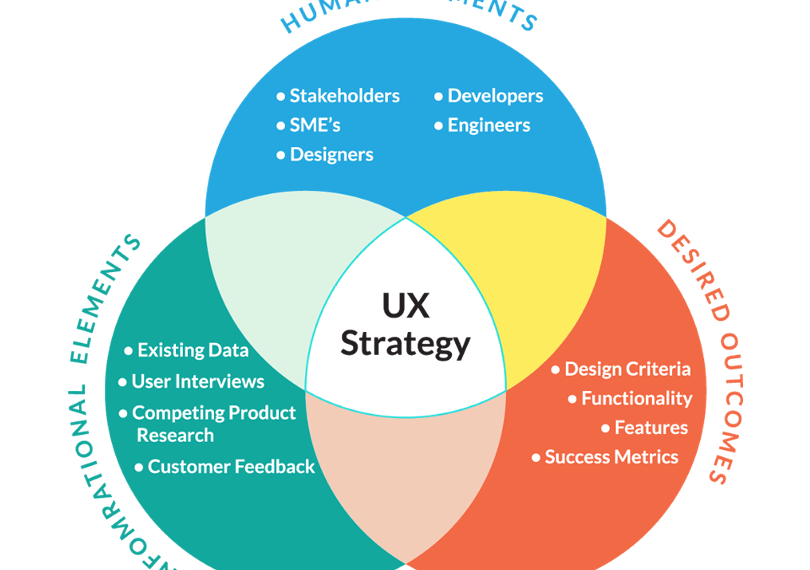User experience (UX) is the overall experience a user has with a product or service. It encompasses all aspects of the user’s interaction with the product, from the initial impression to the final use. UX design is the process of creating user experiences that are enjoyable, efficient, and effective.
UX designers use a variety of methods to understand the needs of users and to design products that meet those needs. They conduct user research, create wireframes and prototypes, and test designs with users. UX designers also work with other disciplines, such as product management, engineering, and marketing, to ensure that the user experience is considered throughout the product development process.
Good UX design can lead to a number of benefits for businesses, including:
- Increased customer satisfaction
- Improved loyalty and retention
- Increased sales and revenue
- Reduced costs
- Increased brand awareness
There are many different aspects to UX design, but some of the most important include:
- Usability: The usability of a product is how easy it is for users to use. A user-friendly product is one that is easy to learn, efficient to use, and memorable.
- Accessibility: Accessibility is the ability for all users, regardless of their abilities, to use a product. This includes users with disabilities, such as visual impairments, hearing impairments, and mobility impairments.
- Findability: Findability is the ability for users to find the information or features they need in a product. A well-designed product is easy to navigate and has clear labels and instructions.
- Design: The design of a product is how it looks and feels. A well-designed product is aesthetically pleasing and conveys the right message to users.
- Performance: The performance of a product is how well it works. A high-performing product is reliable, responsive, and meets the needs of users.
UX design is a complex and challenging field, but it is also a rewarding one. By creating user experiences that are enjoyable, efficient, and effective, UX designers can make a real difference in the lives of users and the success of businesses.
Here are some additional tips for creating great UX design:
- Start with the user: Always keep the user in mind when designing a product. What are their needs and goals? What are their pain points?
- Do your research: Conduct user research to understand the needs of your users. This can be done through surveys, interviews, and usability testing.
- Create wireframes and prototypes: Use wireframes and prototypes to test your designs and get feedback from users.
- Iterate and improve: Don’t be afraid to iterate and improve your designs based on feedback from users.
- Get feedback from other designers: Get feedback from other designers to get fresh perspectives on your designs.
- Use the right tools: There are a number of tools that can help you with UX design, such as Sketch, Figma, and Adobe XD.
- Be patient and persistent: UX design is a process, so be patient and persistent as you work to create great user experiences.
By following these tips, you can create user experiences that are enjoyable, efficient, and effective.





